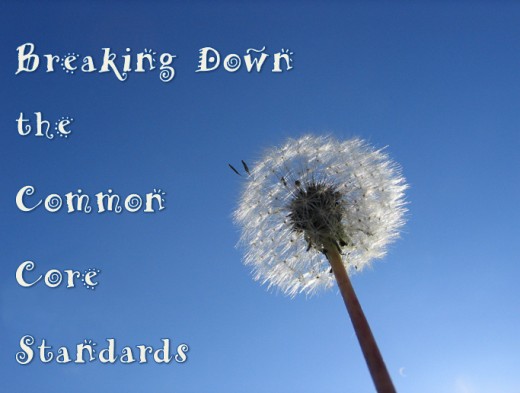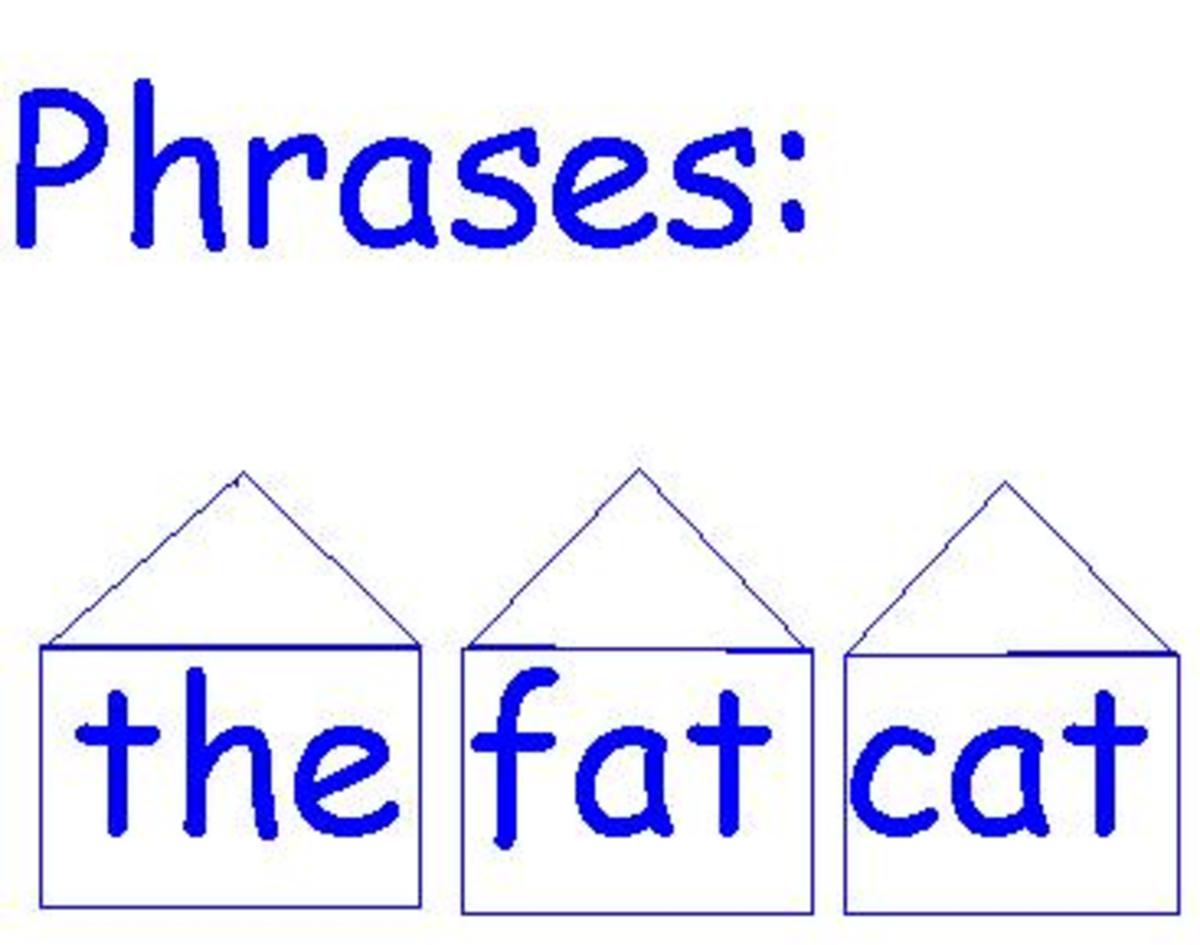How to Break Down the Common Core Standards: English Language Arts

The Common Core Standards
Common Core Standards are going to be implemented in New York State in the 2012-2013 school year. For teachers, especially English Language Arts teachers, that means transforming curriculum from 4 vague standards to close to fifty. The new standards are more defined and specific, but with such a large number of them, they can be very daunting, especially when considering how one would relate their curriculum to the standards.
When it comes down to it, the only way to make sure each of the standards is met throughout the school year is to sit down and look through each standard and figure out what exactly is expected of the students in your classroom. Fortunately, breaking apart the standards isn't entirely too complicated.
Breaking it Down
Each Common Core standard is represented in each grade level and builds off of itself as the child goes through school, increasing in complexity towards the goal of college and career readiness. They are more vigorous than they have been in the past and more is expected from students than has been previously.
The first step to breaking down the Common Core standards is to get a copy for the state you are in (I will focus on NYS Standards, which have added an additional standards to particular areas) and the grade that you teach. In elementary school, standards are grade based. In high school, the standards are separated in grade bands, meaning that grades 9-10 have the same standards and grades 11-12 have the same standards. I will focus on 7th grade English.
The next step to breaking down the Common Core standards is to make sure that you have a copy of 6th, 7th and 8th grade standards. The reason for this is so that you can understand what standards are new in 7th grade, what standards a carried into 7th from 6th grade and into 8th from 7th and which standards are unique to only 7th grade. You can then categorize the standards by importance, meaning, if the standard requirement is unique to 7th grade, you will want to make sure students reach mastery on that standard. If it is something that was addressed in 6th grade and focused again in 7th grade, you can work on building those skills to mastery if it is not repeated again in 8th grade. If it is a standard that starts in 7th grade and continues into 8th grade, you know that students will not need to reach mastery with that standard, but should be introduced to it so that they can build upon it next year.
Let's take a look at a Common Core standard and review how it changes from grade to grade, isolating what is expected of students in 7th grade. Below is NYS Common Core Standard W6.7:
"Conduct short research projects to answer a question,
drawing on several sources and refocusing the inquiry
when appropriate."
This is NYS Common Core Standard W7.7:
"Conduct short research projects to answer a question,
drawing on several sources and generating additional
related, focused questions for further research and
investigation."
And finally, this is NYS Common Core Standard W8.7:
"Conduct short research projects to answer a question
(including a self-generated question), drawing on several
sources and generating additional related, focused questions
that allow for multiple avenues of exploration."
This particular standard is one that is coming in from 6th grade, addressed in 7th grade, and continued into 8th grade as well. What is important is the language of the standard. Students are building their research skills in each grade. 6th grade has students do basic research, using a variety of sources to support their research. In 7th grade, students should be able to not only conduct research in that way but use their research to create other paths of inquiry. Notice by 8th grade, they are to use the same skill, but in a more complex way. Students will not only create other paths of inquiry, but they should be able to have more focused paths of inquiry that could lead them through several other research explorations.
In short, there are two parts to this Common Core standard in 7th grade: Building upon research skills learned in 6th grade and expanding their research skills to further their investigation.
Once you have isolated the skills required in each standard, you can begin to figure out how this is going to work in your classroom. Keep in mind, students should be conducting short research projects, so the skill should be practiced more than once throughout the year.
When it's All Said and Done...
Once all of the Common Core standards have been broken down in this manner, not only will you have figured out exactly what is expected of students in your classroom, but what your skills your students should be coming to you with and where your students need to be as you send them into the next school year. Also, you will see which requirements begin and end in your grade, making them a high priority to reach mastery with.
While it takes some time and a lot of effort, in this time of teacher evaluations and rising expectations for our teachers and our schools, it is important for us to know exactly what should be accomplished by the students in your classroom.




